Before they Disappear: The planet's remote and little-known tribes
Categories: Nations | Photo project
By Pictolic https://pictolic.com/article/before-they-disappear-the-planets-remote-and-little-known-tribes.htmlPhotographer Jimmy Nelson loves to travel the world and learn new things. In his next photo project, he decided to explore in more detail remote tribes in different parts of the world.
These ancient and sometimes poorly studied communities, living in remote and even harsh regions of the world, have a very rich and entertaining history and a wide variety of interesting customs and traditions. Unfortunately, the name of the photo project "Before they disappear" is more than apt, because some of these communities may soon really disappear from the face of the earth due to the fault of "more advanced" civilizations.
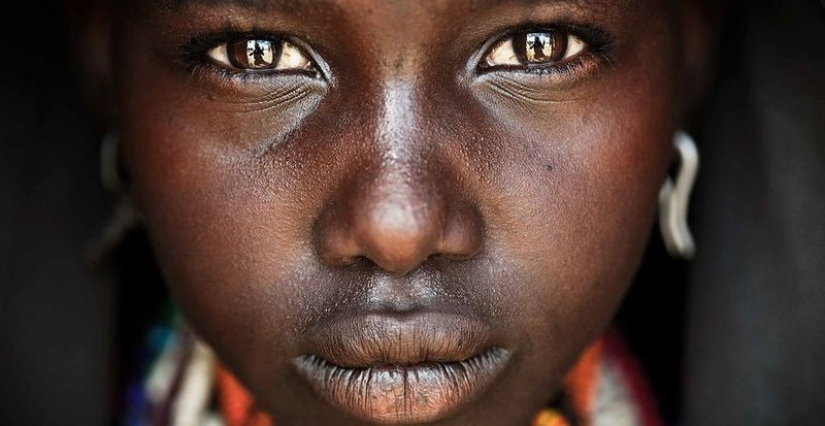
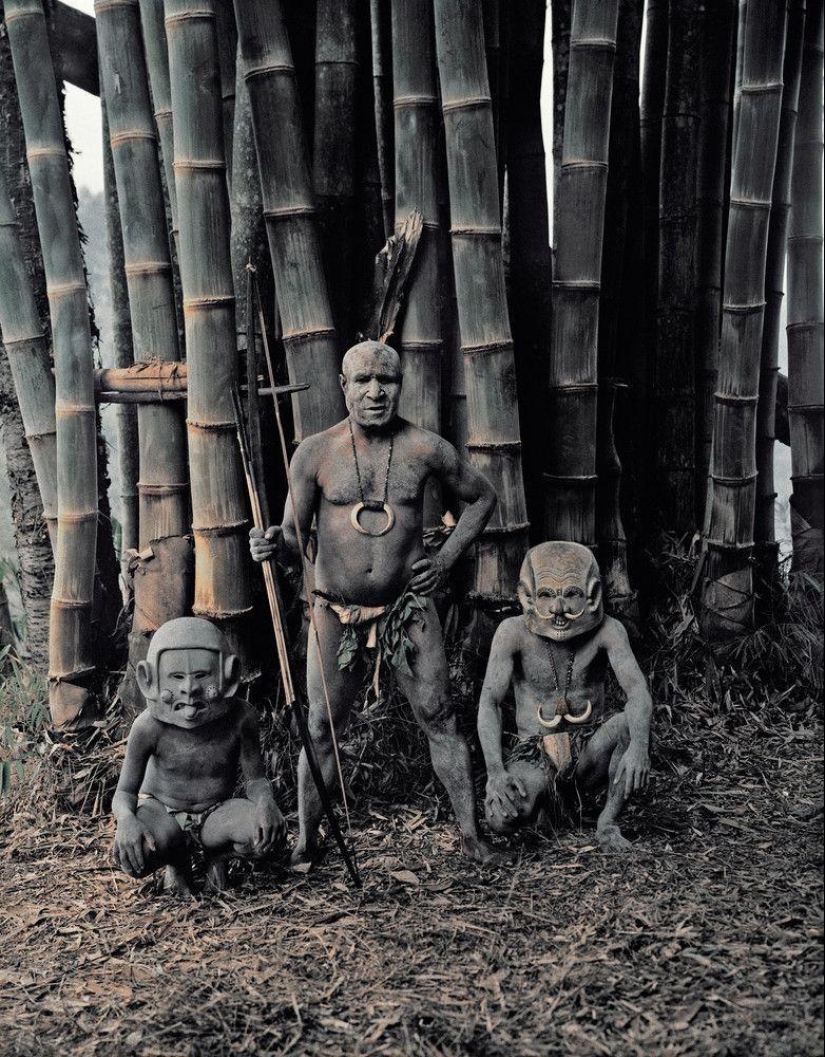
Azaro from the Eastern Mountains.
The members of this tribe covered the entire body with mud, except for the faces. At the same time, all the people of Papua New Guinea have long believed that the mud from the Azaro River is poisoned. Instead of covering their faces with this supposedly poisonous mud, the people of asaro began to make masks out of stones that were heated and washed with water from waterfalls. These masks are unusually shaped and traditionally decorated with various elements — for example, very short or very long ears that reach to the chin, long connected eyebrows over the ears, horns or mouths on the side.
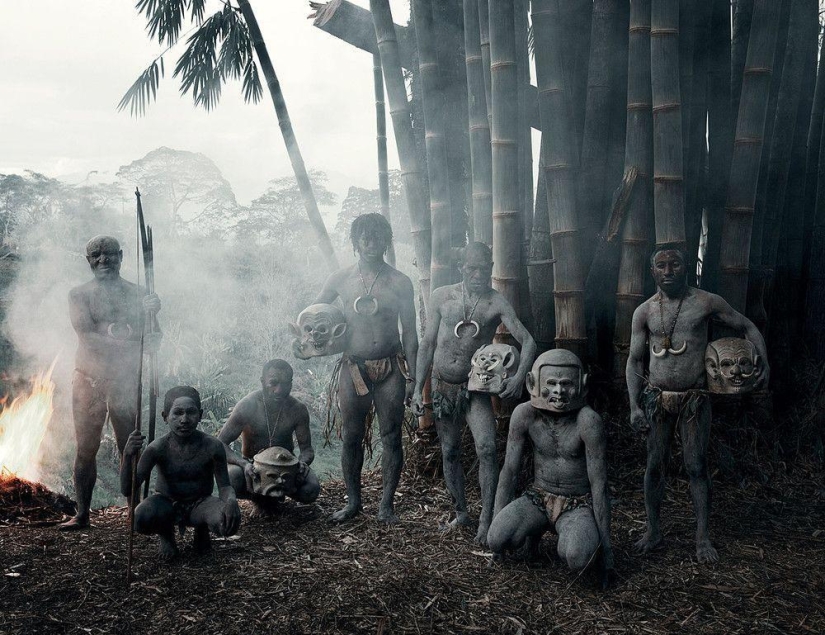
The Asaro people smear themselves with mud, wear fearsome masks, and brandish spears.
According to legend, the "mud people" were defeated by an enemy tribe and forced to flee to the Asaro River. The defeated tribe waited until sunset, after which its people tried to escape. The enemies saw dark figures rising from the river banks all covered in mud, and thought they were being attacked by river spirits. Frightened, Asaro's enemies fled back to their village. After that, all the neighboring villages agreed that the Azaro tribe was helped by the river itself. The clever elders saw this as an advantage and tried to do everything to preserve the tradition of smearing themselves with mud.
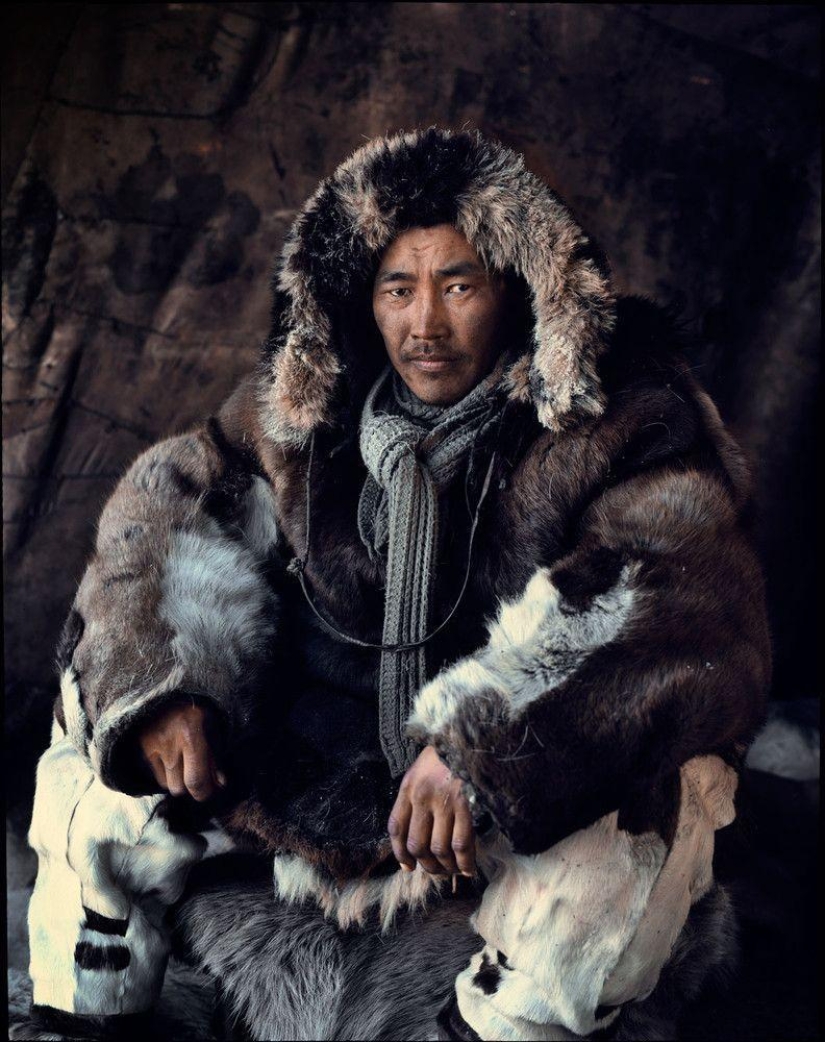
Chukchi.
This ancient people lives on the Chukotka peninsula. Unlike other indigenous peoples of Siberia, Russian troops never managed to subdue the Chukchi. But their culture and traditions suffered greatly during the Soviet period, both from vodka and from environmental pollution.
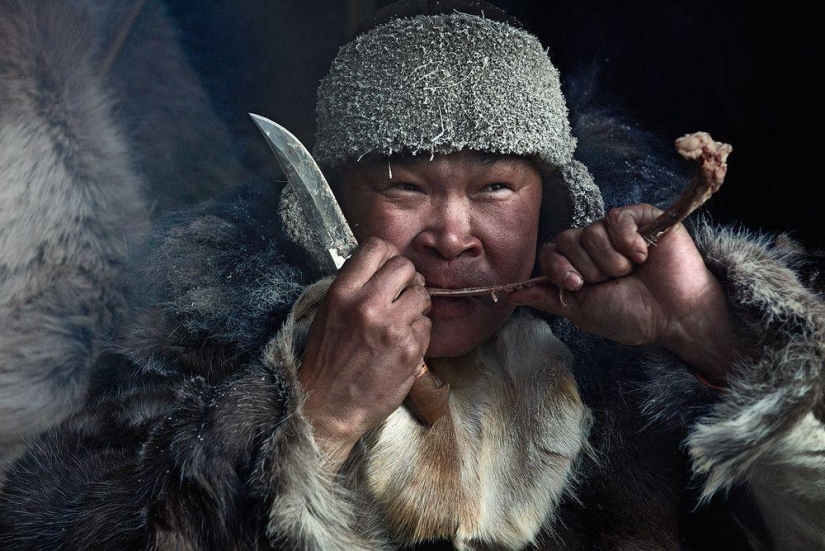
The Chukchis on the mainland live by breeding reindeer: they eat boiled venison, deer marrow and bone marrow, and make venison soup.
One of the traditional Chukchi dishes is made from half-digested moss from the stomach of a reindeer, mixed with blood, fat and pieces of boiled deer entrails. The cuisine of the coastal Chukchi is based on the meat of walruses, seals, whales and seaweed. Both groups feed on frozen fish, as well as leaves and roots. Now traditional Chukchi dishes are supplemented with canned vegetables and other products that they buy in stores.
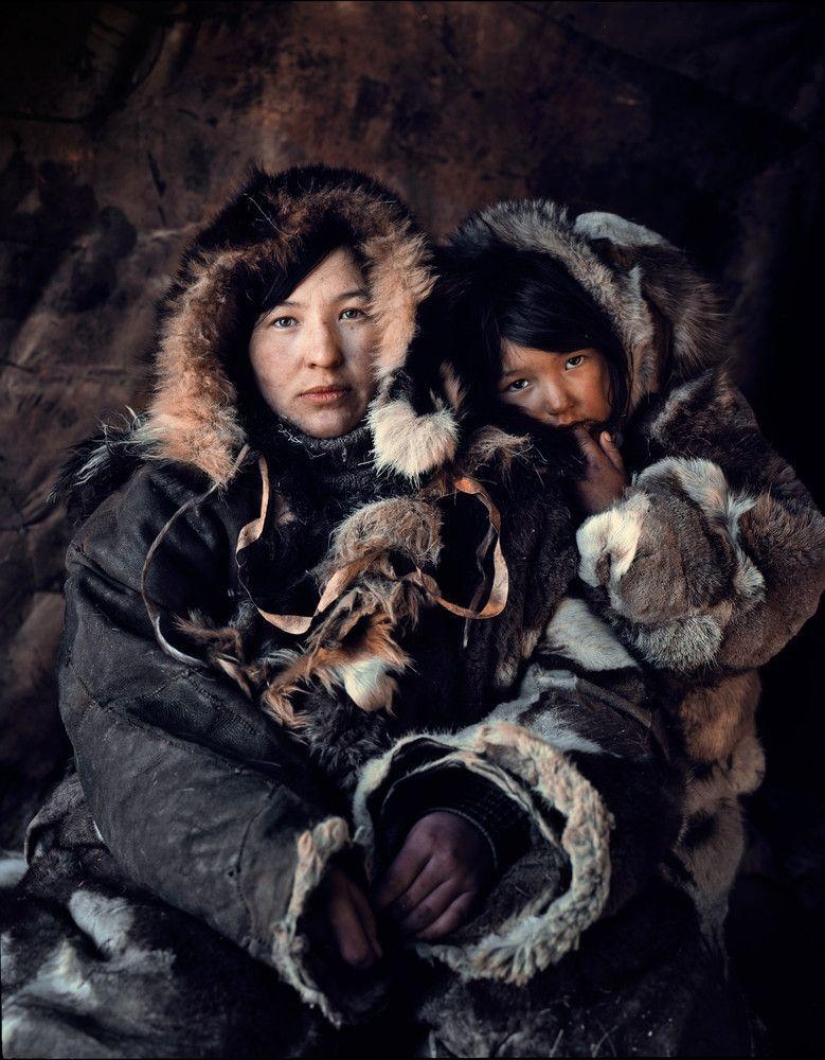
Carving on the bones and tusks of walruses is the most developed form of folk art among the Chukchi.
Common themes are landscapes and everyday scenes: hunting, deer grazing, and the wildlife of Chukotka. In the traditional Chukchi society, only men do all this. Women are given classes in sewing and embroidery, which they do very well.
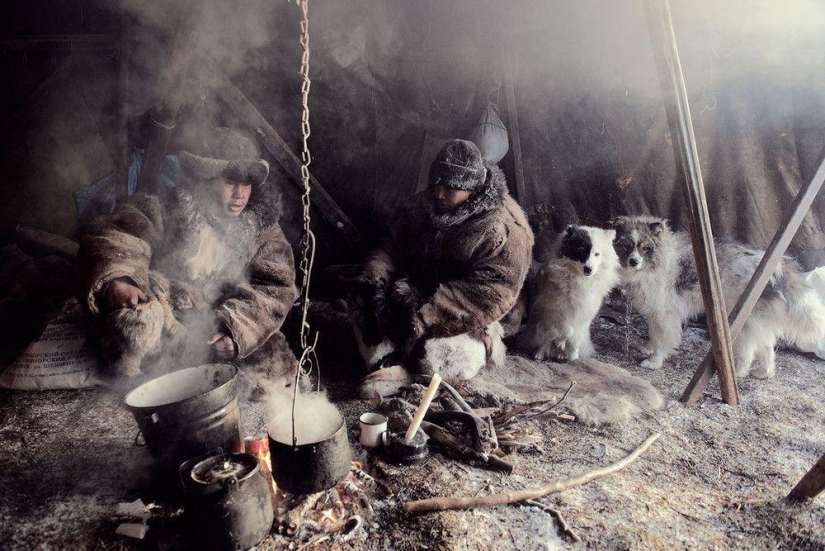
Due to the harsh climate and the complexities of life in the tundra, hospitality and generosity are highly valued among the Chukchi. They believe that everything in this world has a soul. The traditional way of life is still preserved, but is constantly supplemented with something new.
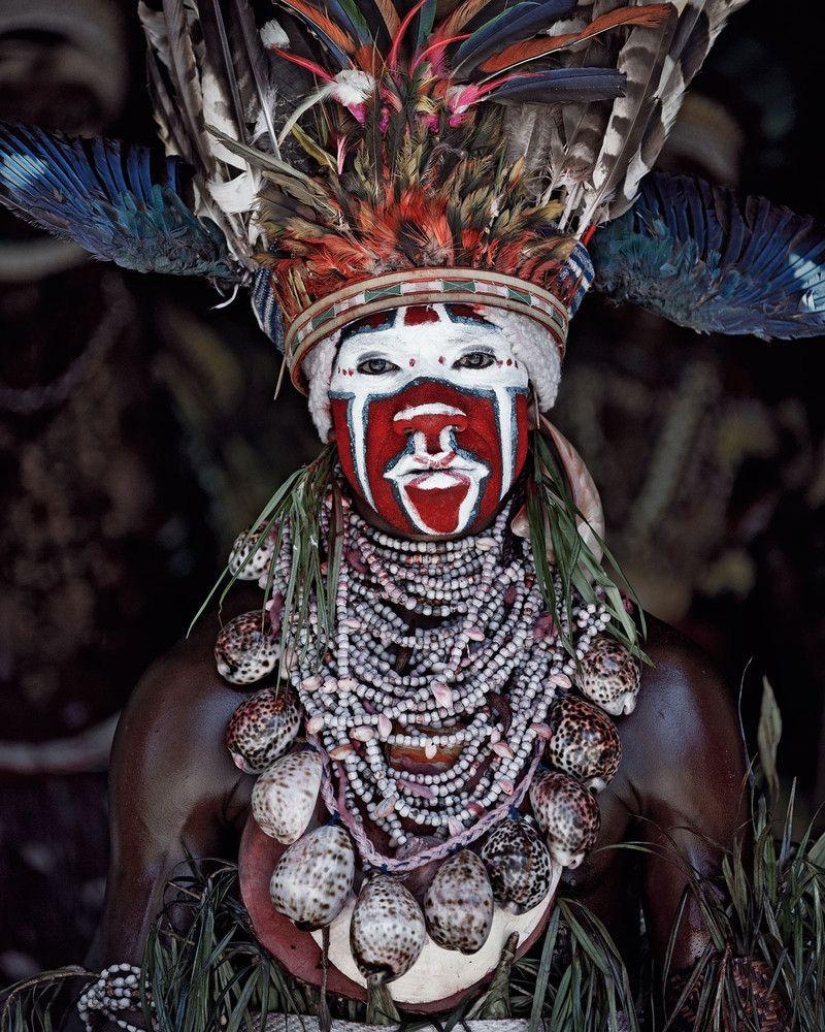
The peoples of Papua New Guinea.
The indigenous population of the world's second largest island is one of the most heterogeneous in the world. The harsh landscape and the historical intertribal war led to the destruction of vegetation and the emergence of different languages. Several tribes are scattered throughout the high plateau.
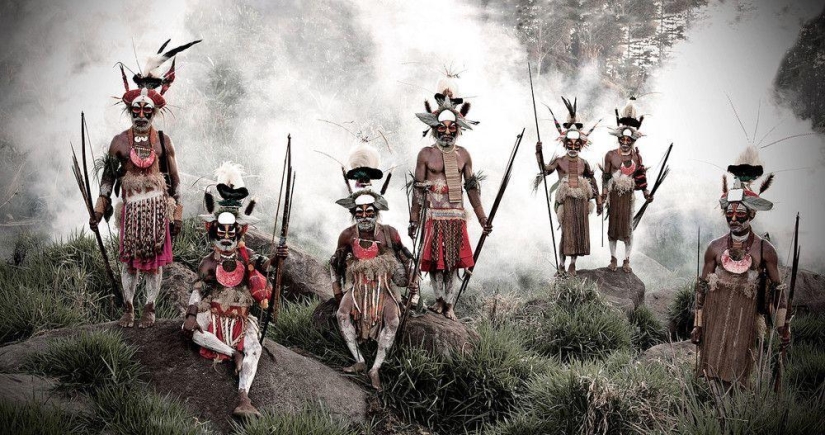
Life in high-altitude villages is simple. There is a lot of good food here, family ties are highly valued, as are the wonders of nature. The locals live by hunting, gathering and farming. Tribal feuds are commonplace, and male warriors spare no effort or imagination to impress the enemy tribe with their war paint and decorations.
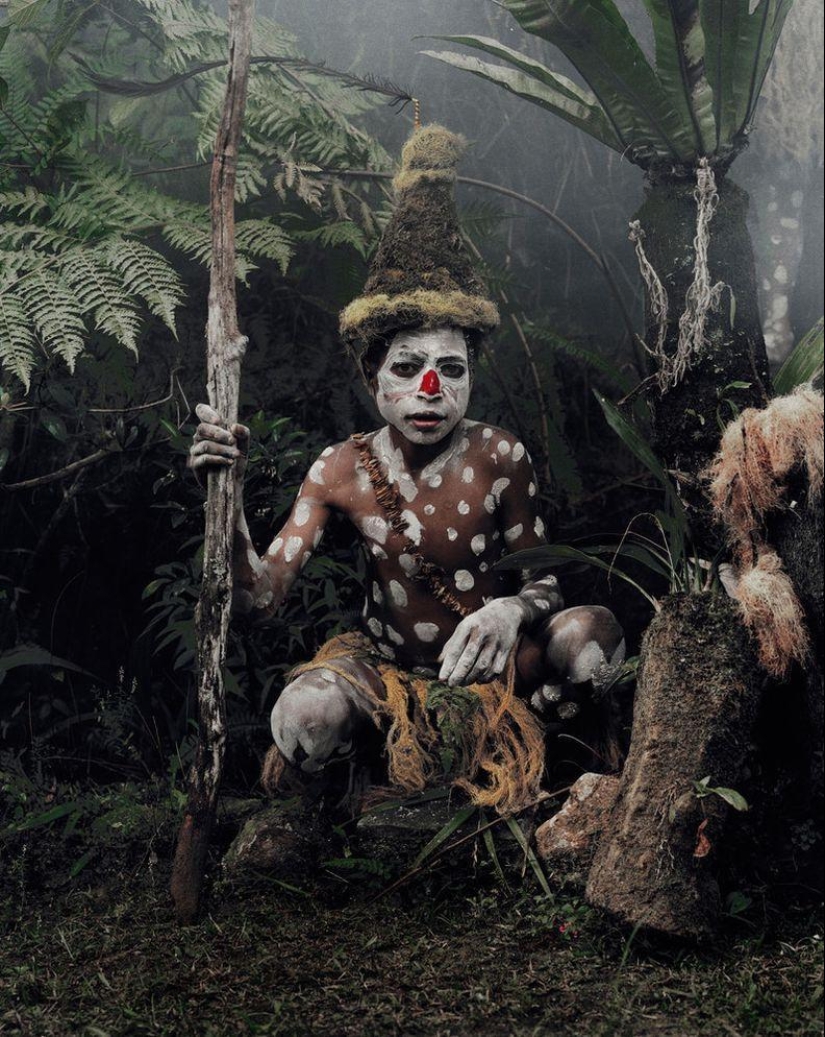
A boy from the Gogin tribe.
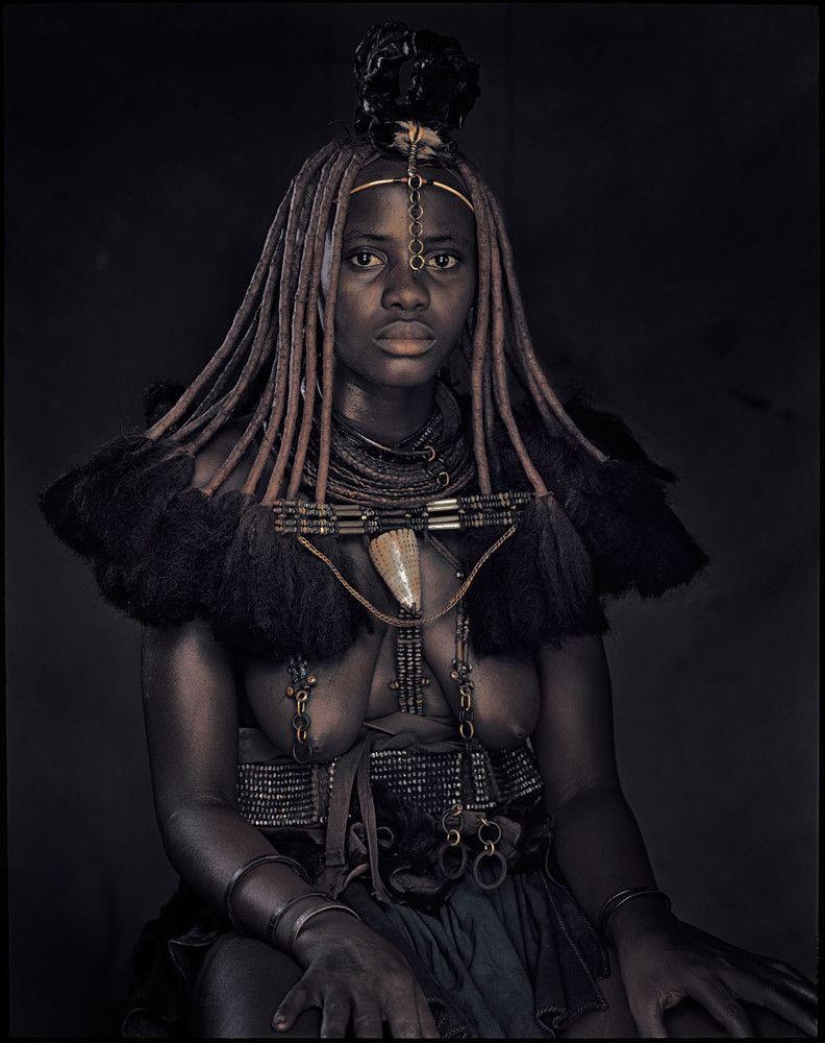
Himba — an ancient tribe of tall, slender and majestic shepherds.
Since the 16th century, they have lived in scattered settlements, leading a virtually unchanged lifestyle, surviving wars and droughts. The tribal structure helps them live in one of the harshest environments on the planet.
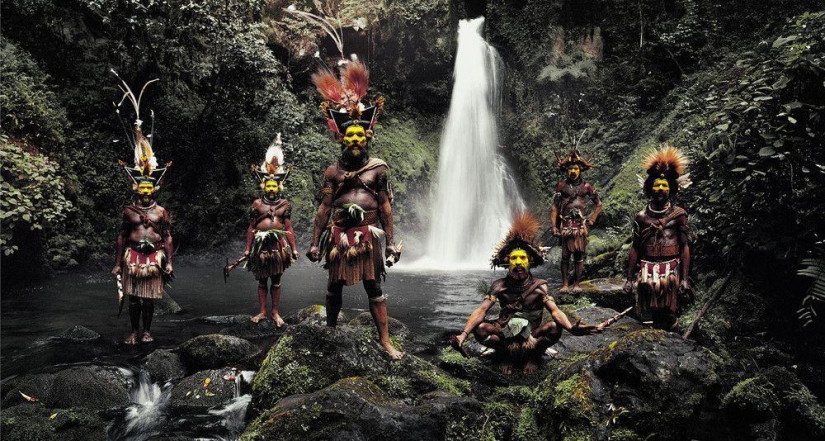
Blasphemy.
It is believed that the first inhabitants of Papua New Guinea migrated to the island more than 45,000 years ago. Today, more than 3 million people, half of the diverse population, live in the local highlands. Some of these communities have been engaged in ongoing tribal conflict with their neighbors for thousands of years.

The tribes fight for land, pigs, and women.
A lot of attention is paid to how to impress the opponent. Representatives of the largest tribe — the Huli-paint their faces in yellow, red and white, and are also famous for their tradition of making beautiful wigs from their own hair. An axe with a hook completes this terrifying picture.
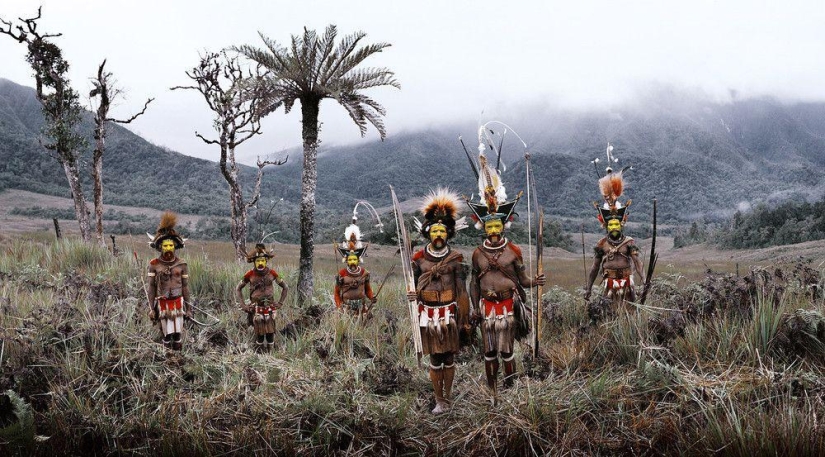
Taree Valley with great views of the valley below and the surrounding peaks. These are high-altitude forests with thundering waterfalls. The local tribes live by hunting, which is mainly done by men, as well as gathering and farming — this is followed by women. Men help liberate the land, but women are responsible for everything else.
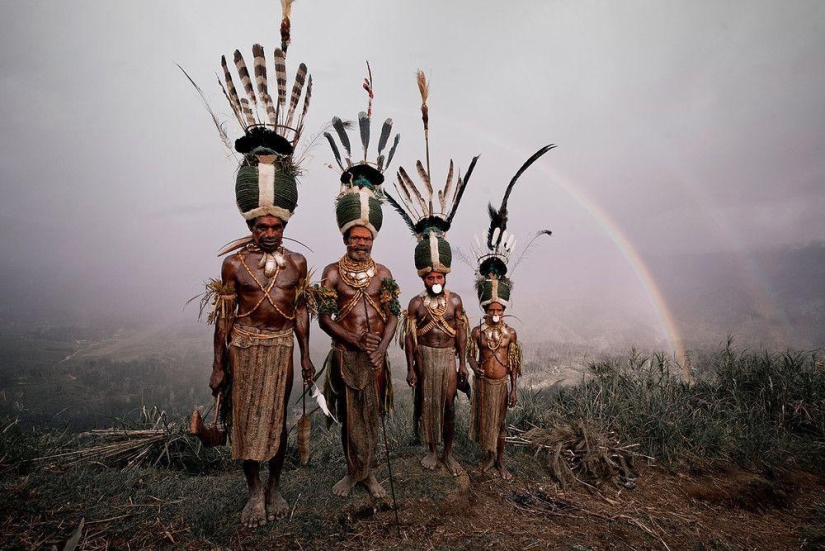
Kalam.
The eastern half of New Guinea gained full independence from Australia in 1975, when the state of Papua New Guinea was created. The local indigenous population is one of the most diverse in the world. Traditionally, different tribes are scattered across the high plateau and live in small agrarian clans.
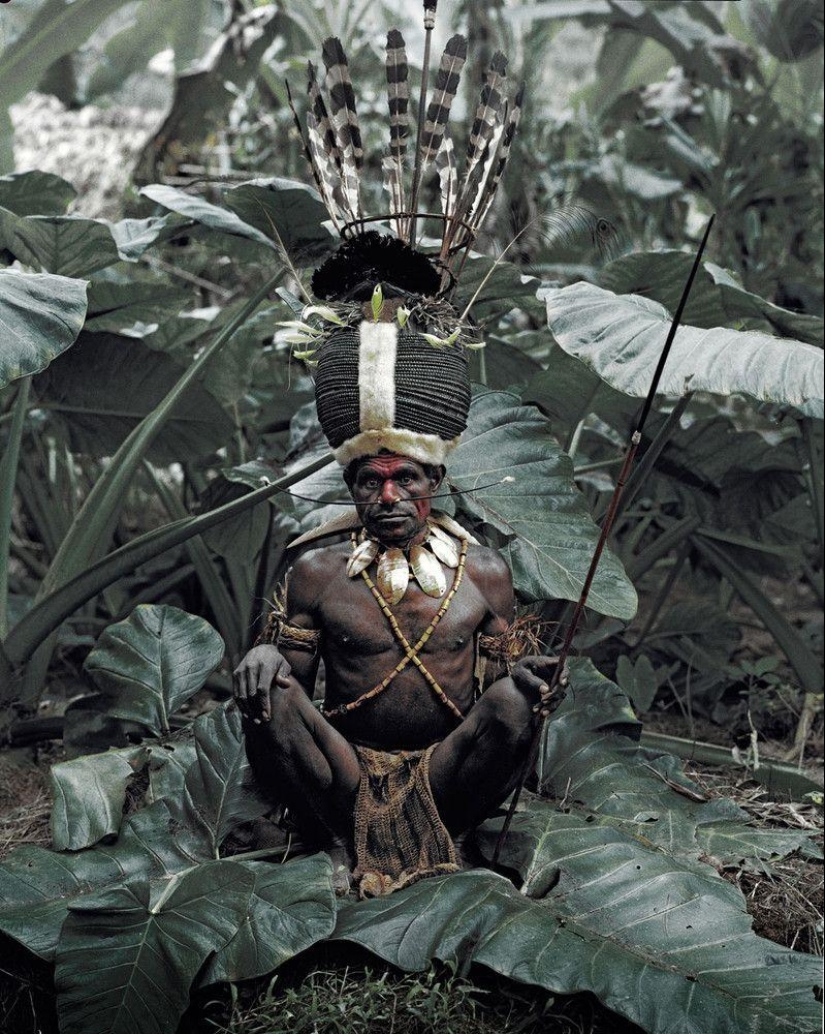
Headdresses are decorated with bird feathers (cockatoos, parrots, loris and birds of paradise).
Small round kina shells hang from the hole in the nose, and some members of the tribe insert the feathers of a bird of paradise into the nose.
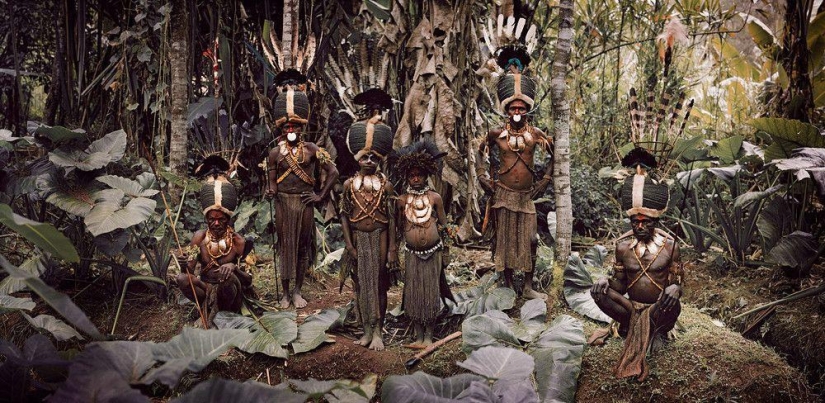
These tribes live by hunting (men), as well as gathering and farming (women).
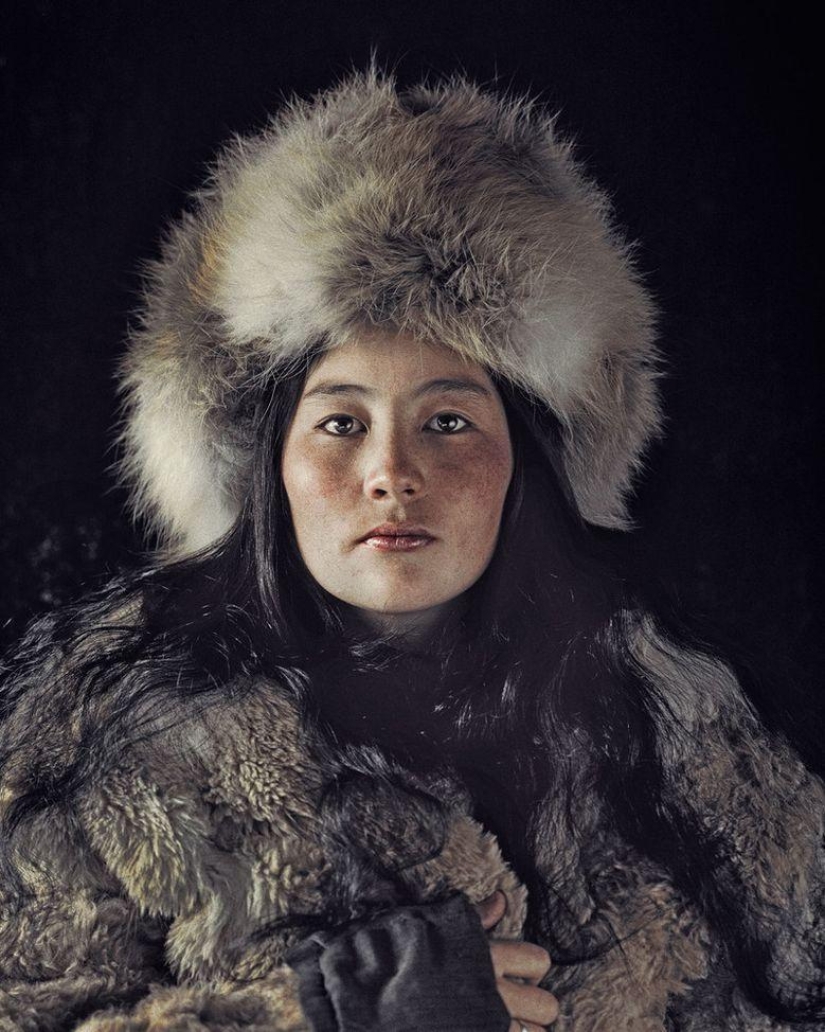
Kazakhs are descendants of Turkic, Mongolian, and Indo-Iranian tribes and Huns who inhabited the territory between Siberia and the Black Sea.
They are semi-nomads who roamed the mountains and valleys of Western Mongolia with their herds of animals since the 19th century.
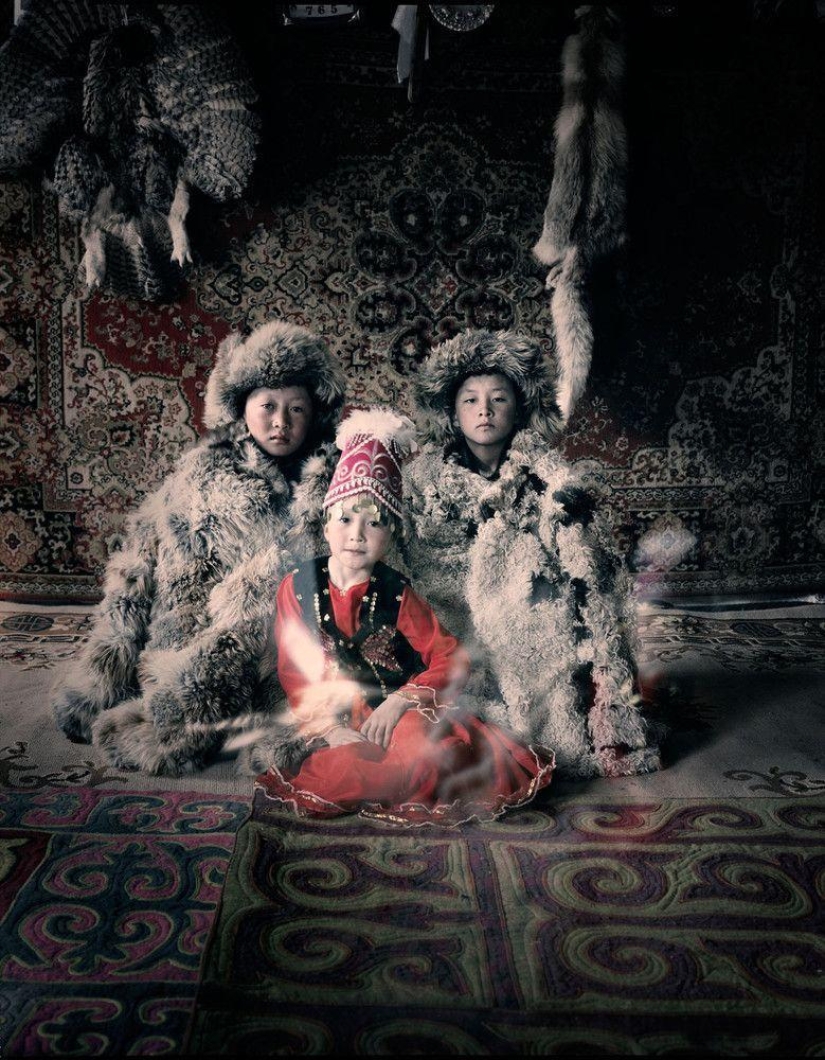
Kazakhs are semi-nomads and shepherds.
Many families in Kazakhstan still move from place to place with their herds several times a year. Families with small herds stay closer to their "winter home" in the summer, but still erect yurts. The summer yurt is richly decorated with embroidery, felt and woven patterns.
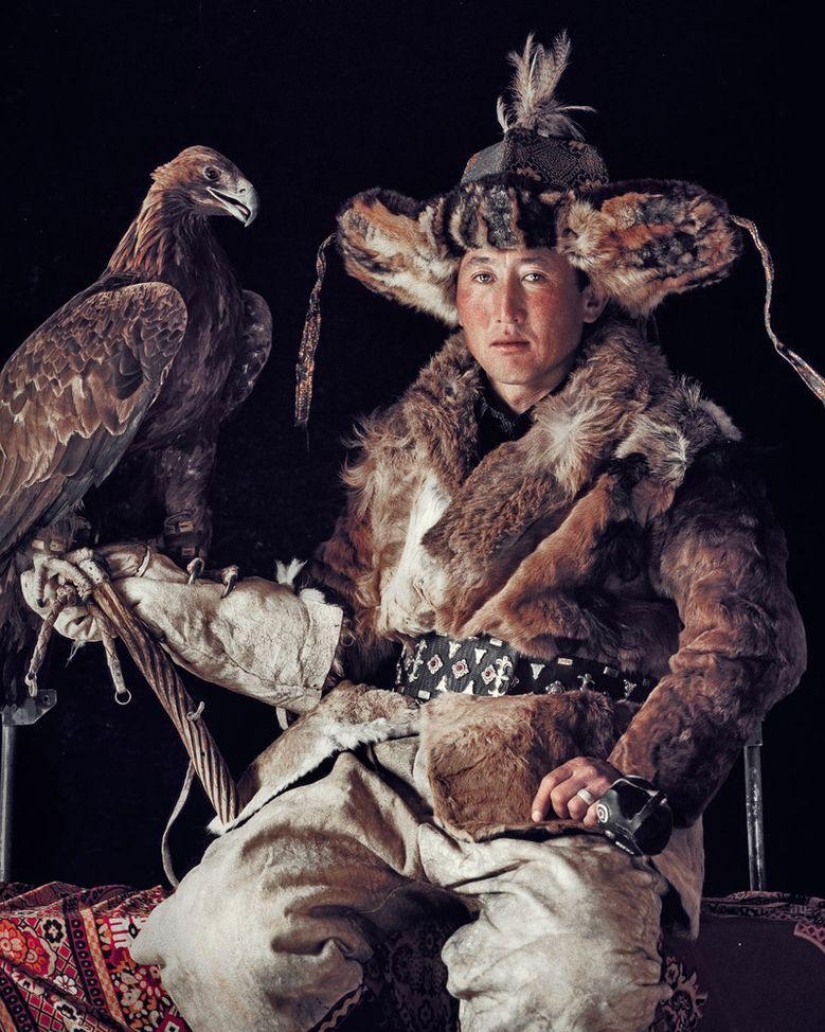
Ancient falconry is one of the many traditions that the Kazakhs have and that they have managed to hold on to all these years.
Traditionally, the local nomads depended on their clan and herds, and believed in pre-Islamic cults of heaven, ancestors, fire, and supernatural spirits of good and evil.
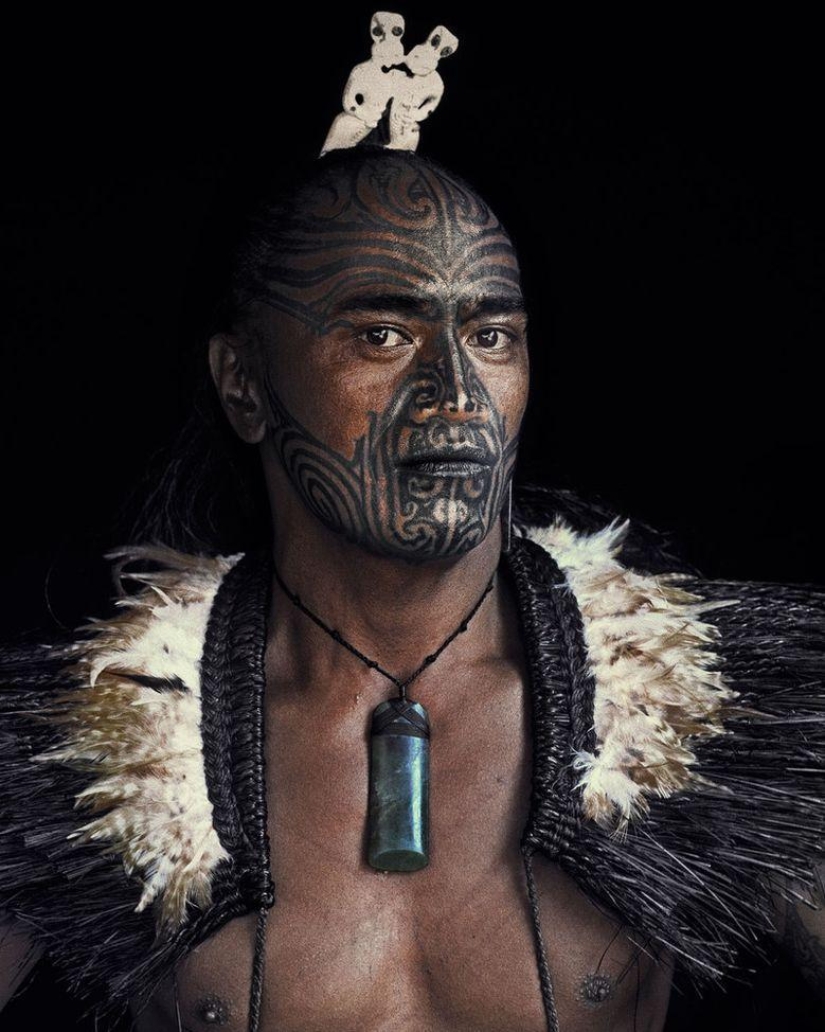
Maori.
The long and interesting history of the origin of the Maori tribe can be traced back to the 13th century and the mythical homeland of the tribe called the Hawai'i in Eastern Polynesia. Because of the long centuries of isolation, the Maori have established their own society with a distinctive art, a distinct language, and a unique mythology.
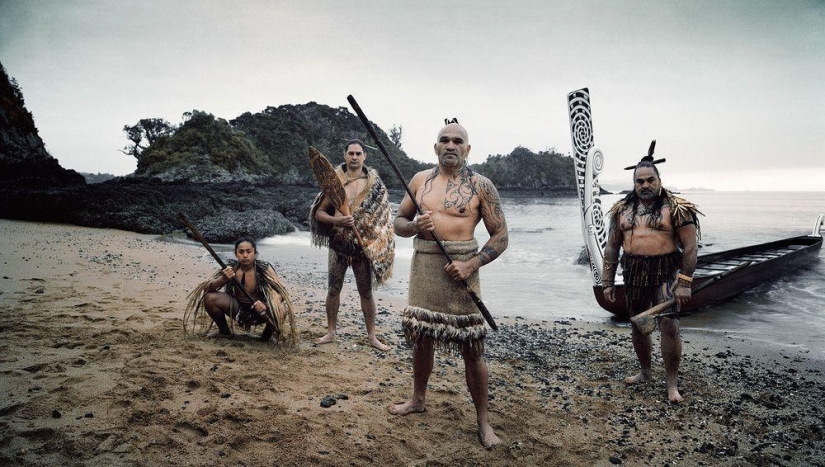
The main aspects of traditional Maori culture are art, dance, legends, tattoos, and community. Although the arrival of European colonists in the 18th century greatly influenced the Maori way of life, many aspects of their traditional society remained unchanged even in the 21st century.
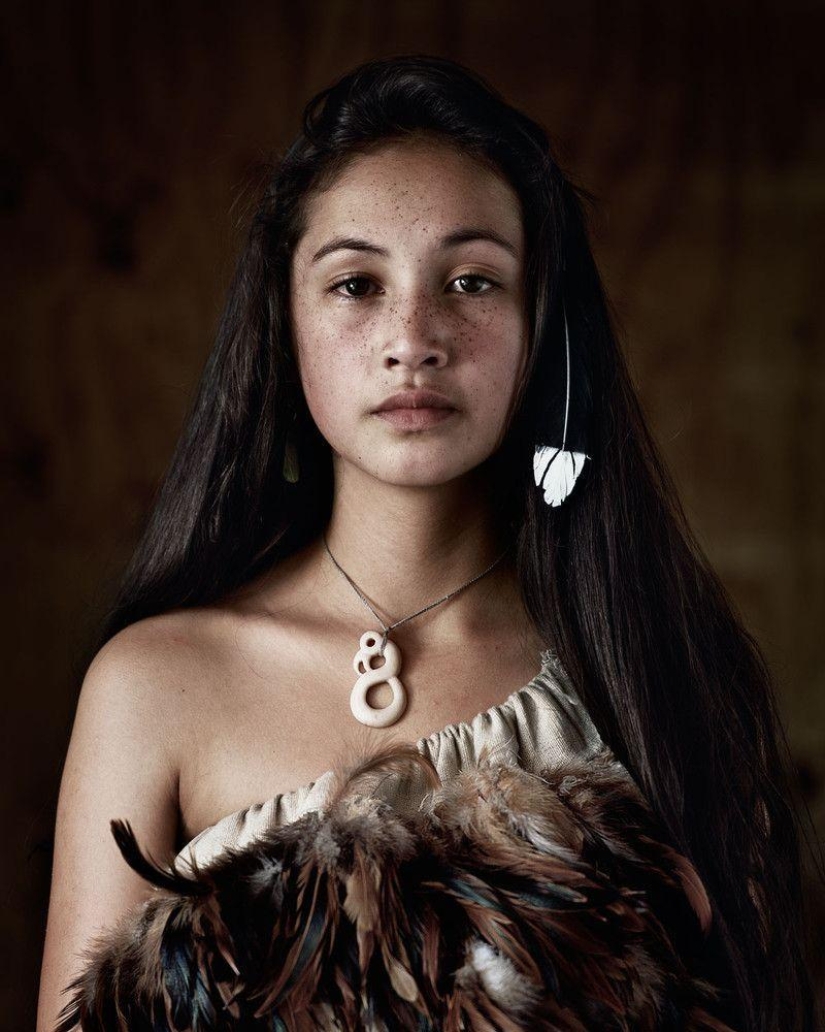
Kai is the Maori name for food.
Their diet is based on poultry and fish, and is supplemented with herbs and plant roots. In their tribal gardens, the Maori grow root vegetables, including sweet potatoes, pumpkins, and sweet potatoes.
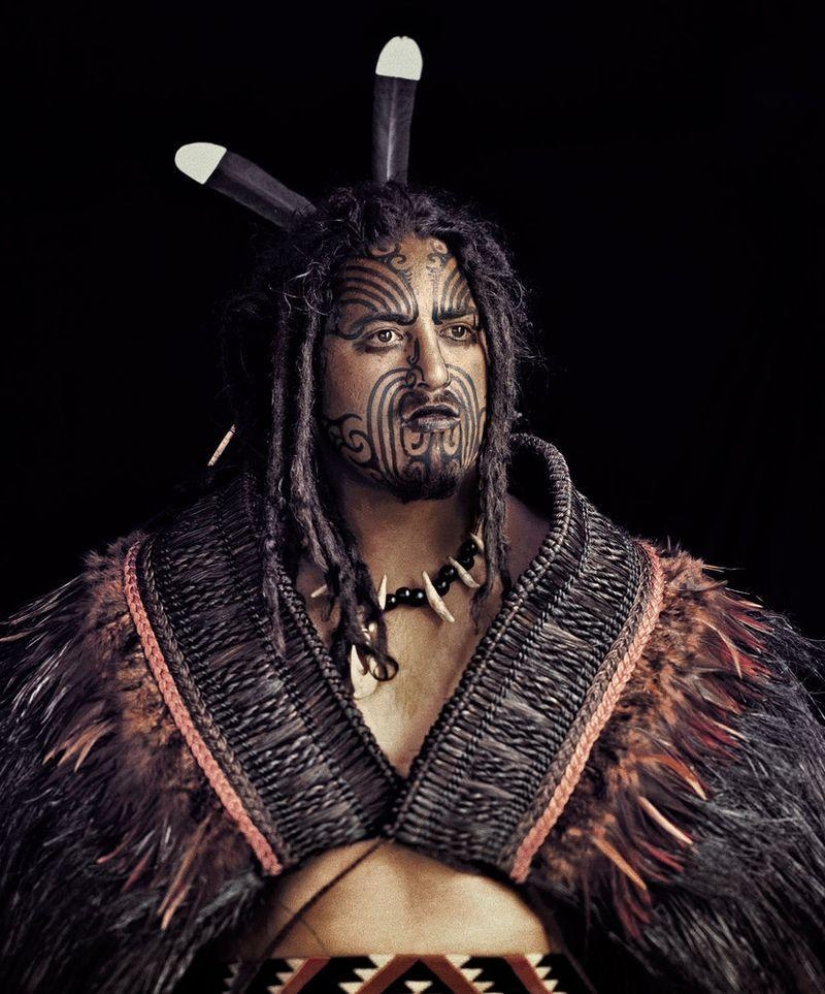
The haka war dance is one of the most famous Maori traditions.
These dances are accompanied by a song and hand-in-hand blows, stomping and slapping of the palms on the thighs. The dance itself consists of energetic movements that represent belligerent and aggressive poses, because this dance was originally invented to intimidate the enemy.
Keywords: Peoples | Tribes | Photographer | Photo project | Jimmy nelson
Post News ArticleRecent articles

Sometimes you see a tattoo on a person and think: "Why did he do it at all?". A familiar feeling? If you have never experienced it, ...

Taxi ride like a lottery — you never know if you will pull the winning ticket. Even the official services like Uber does not ...
Related articles

Photography has the magical ability to catch the moment before it disappears. American a self-taught photographer Lauren Shipman ...

Photographer Alexander khimushin took a backpack and went to travel the world. He visited 84 countries and realized that the most ...
The name of the photographer is not known to everyone, but it is difficult to find a person who is not familiar with his works. ...

Finnish photographer Juha Tanhua has shot an unusual series of "space photos". Astrophotographic images of stars, galaxies and ...